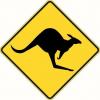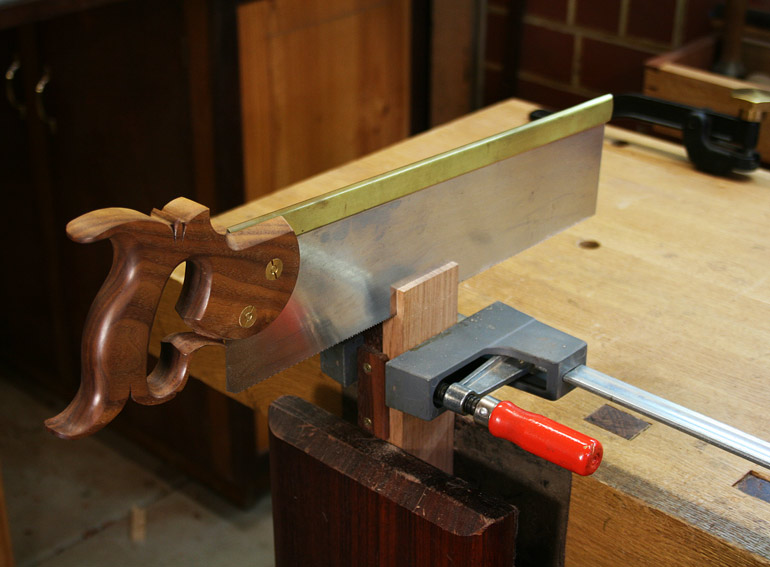So I recently had a bit of an eye opening experience. I thought I'd been getting along fine with my ryoba and dozuki - until I picked it up a 26in 4.5ppi Disston handsaw (filed rip) at a junk store for $5, and wonder of wonders, it was actually still sharp. It ate through everything from 2x construction lumber to 5/4 hickory like nobody's business (I think it just laughed at the 4/4 white pine...), all with surprising accuracy (and a canyon of a kerf!). With that experience, I decided to try it out on some joinery, and it did surprising well cutting a few bridle joints on a recent project. I spent a little more time cleaning up with the chisel, but I certainly spent less time sawing. I even found it to take less effort to achieve reasonable accuracy with the handsaw than with my Ryoba, which was maybe a bigger surprise, so I don't think I've reached the full potential of this saw yet.
It now seems to me that speed and accuracy are maybe more important than tooth count and kerf size in a lot of general applications. All that got me thinking that maybe I'm at that point in my woodworking hobby career where I should give Western joinery saws a shot. So, I'm looking at picking up a tenon saw to start out with, before getting a carcass saw. I'm not afraid to learn saw sharpening, so I'm considering a kit from Blackburn Tools, which has got me thinking about the 18in vs. 16in option for a tenon saw.
16in seems to be typical for mass-produced tenon saws today (Lie-Nielsen, Veritas), but I've seen references that 18in was a more common choice for professionals back in the heyday of hand tools. After my experience with the big Disston rip saw, I can see how a bigger, faster (but still accurate), saw might make sense for rip cuts in joinery. Is an 18in tenon saw overkill? What size is really best?
Future projects for me might include anything from interior doors, a chest of drawers, a kitchen table, or a set of bedside tables.
Thanks!




 Reply With Quote
Reply With Quote


 I live in New England so I've got a soft spot for anything Millers Falls, and ordered a Millers Falls 214 saw set the other day. I haven't decided on a saw vice yet, but will likely go either with a DIY set up to go in the face vise on my bench, or a vintage saw vise.
I live in New England so I've got a soft spot for anything Millers Falls, and ordered a Millers Falls 214 saw set the other day. I haven't decided on a saw vice yet, but will likely go either with a DIY set up to go in the face vise on my bench, or a vintage saw vise.





